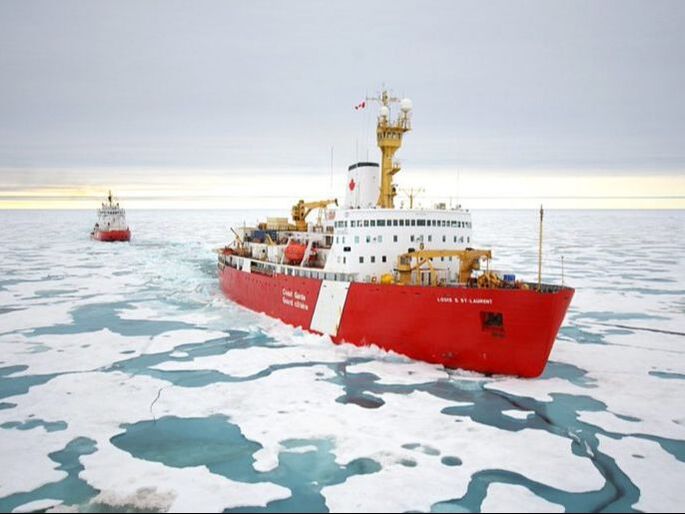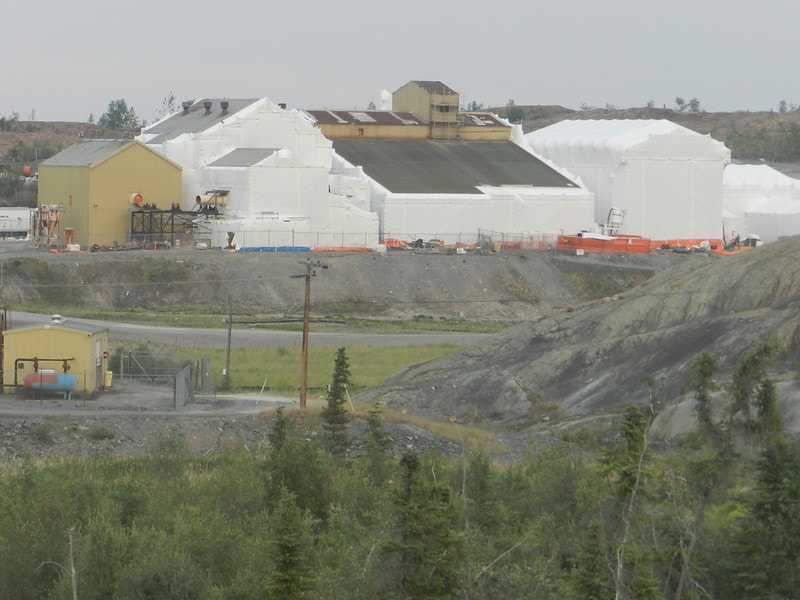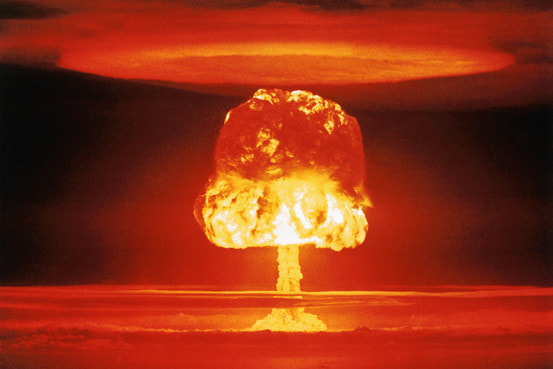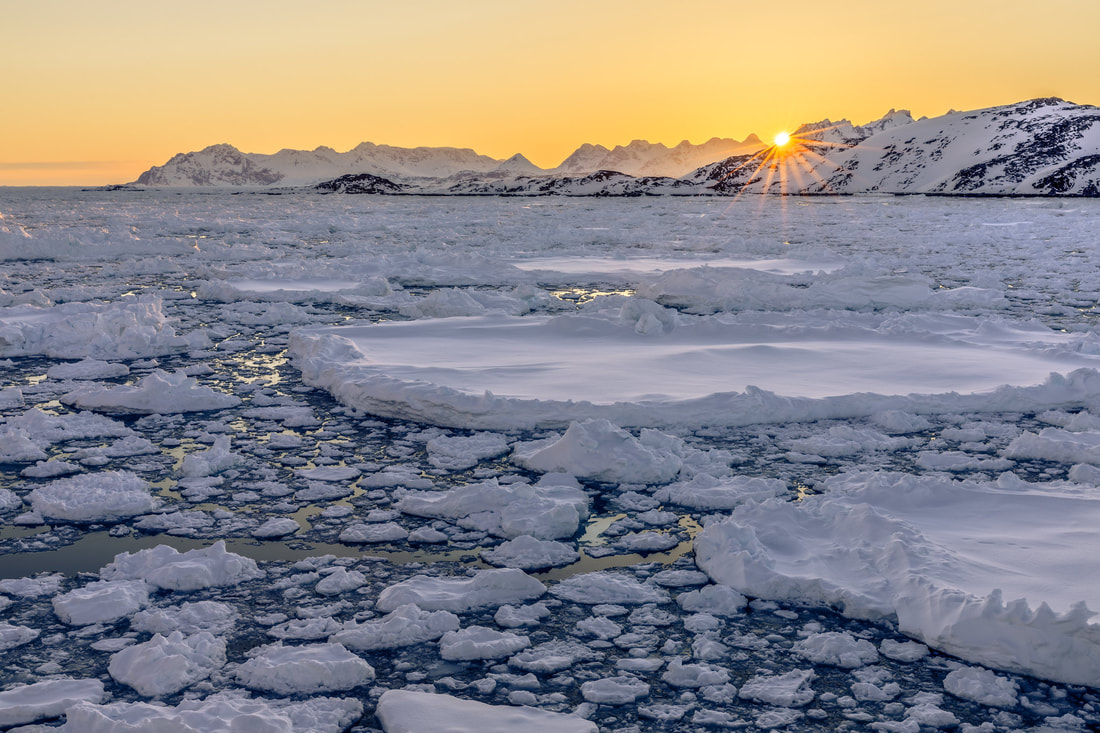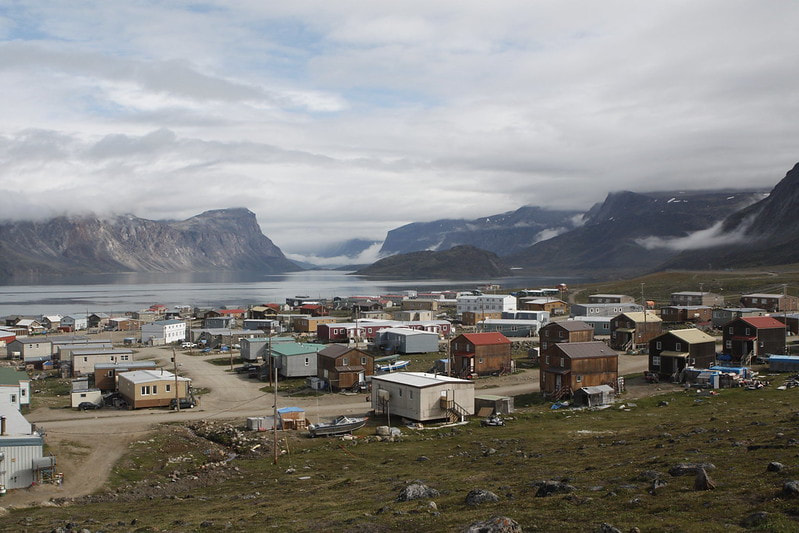- Home
- Technology
- Management
- Health Care
- Earth Sciences
- Particle Physics
- Engineering
- Stories of Turtle Island
- Startup Companies
- The Lost Ships of the Franklin Expedition
- Wildlife
- Archaeology
- Palaeontology
- Architecture, Land Use and Planning
- Politics and International Development
- COVID-19
- University Life
Farm ponds can sequester greenhouse gasesThe world’s farmers nourish their fields with more than 120 million metric tons of nitrogen-based fertilizer each year. Nitrogen is a key component of chlorophyll, and it’s necessary for photosynthesis, but it’s not harmless, and when it’s used in fertilizer, it doesn’t just stay in the soil.
A small percentage of the nitrogen in fertilizers is converted into nitrous oxide (N2O), a gas that accounts for about 5.6% of total greenhouse gas emissions in the United States. Nitrous oxide traps heat at about 300 times the rate of carbon dioxide and can comprise as much as half of a farm’s warming effects. Click here for full text |
Wiki project is mapping changing sea ice in Canadian ArcticVirtually since the moment that climate change entered public consciousness, melting northern ice has been used to illustrate its potentially catastrophic effects. A melting ice cap would raise sea levels, flooding major coastal cities such as Vancouver, New York and Rio de Janeiro, or even create a new ice age by cooling ocean temperatures and altering weather patterns.
Solid, peer-reviewed research has shown that polar ice has thinned and (depending on the summer) diminished significantly in overall coverage, but reports of its ultimate demise have been exaggerated in some media reports. Ice in the north is still a formidable force. Click here for full text |
Indigenous knowledge helps understand arsenic emissionsGiant Mine was once among the world’s most productive gold mines. Until it closed in 2004, the mine produced more than 220,000 kilograms of gold and more than a thousand times that amount of arsenic.
Highly toxic arsenic trioxide dust was a by-product of the roasting process used to extract gold from ore at Giant Mine, a facility on the shores of the Great Slave Lake in Canada’s Northwest Territories. During its earliest days in the 1940s and 1950s, Giant Mine’s smokestack was pumping out as much as 7,400 kilograms of arsenic each day, without any environmental protection or regulation. Click here for full text |
Pinpointing the origins of the anthropoceneHumans have been shaped by our environments, and now, we shape them in return. It’s not just that we intentionally alter landscapes, or that our emissions impact the air.
By-products of human civilization are becoming part of the Earth itself. The chemical signatures of industry have created a new unit of geologic time. Radiation and emissions are integrating into the planet’s soils, sediments and rocks. Click here for full text |
Sudden stratospheric warming causes winter open water in arctic As an Arctic heat wave pushed the mercury as much as 25°C above normal in late February 2018, a large polynya, a patch of open water surrounded by sea ice, opened in the Wandel Sea.
No polynyas had previously been observed in this ice-bound area north of Greenland, and it seemed likely that this anomaly would be linked to thinner sea ice. But when researchers Kent Moore and Axel Schweiger ran the numbers, they found that wasn’t the case. Click here for full text |
Renewable energy in Canada's far northThere’s a whole different energy in the North, and it has nothing to do with the spirit of the Klondike. Northern Canada is ultra-energy intensive, but it’s disconnected from Canada’s electricity generating infrastructure. Local power stations keep the lights on.
The reason for the disconnect: geography. If Canada’s territories were a country, they would be the world’s seventh largest. Yet the population is less than Sudbury’s. With few rate-payers, tapping into the southern grid is prohibitively expensive. So costs remain high and fuel is imported. Click here for full text |

